Flower
The keys to good flower photography are focus and diffuse lighting
 Red Rose
Red Rose
Proper Focus
Set the focus to spot focus mode. The normal focus mode of most digital cameras is some sort of average focus mode. That means that the camera will try to look at an area and base the focus on an area of what it sees. It's better for close up photography to put the camera into spot focus mode, this will allow you to see exactly what the camera will be focusing on. For those who are an expert in using manual focus, it is very useful when we want to highlight (or blur) a very specific area which is hard to achieve with the auto focus settings.
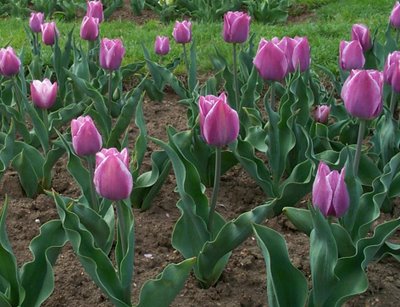
Purple Tulips
Soft Lighting
Another key to good flower photography is the lighting. You have probably already discovered that an on-camera flash does not lead to good flower photos. Not only is the camera's flash too bright at such a close distance, but it is probably in the wrong position to actually light up the flowers properly. Daylight balanced compact fluorescent bulbs is a good choice for lighting as they provide nice natural colored light. Natural sunlight is also another source of light suitable for flower photograpy (example below)
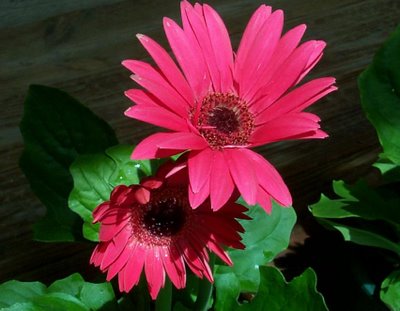 Pink Gerbera (with sunlight and shadow)
Pink Gerbera (with sunlight and shadow)
Tripods
The use of tripods will help a lot in flower photograpy. As you get closer to an object any motion of the camera is greatly magnified. Even a surgeon probably doesn't have hands steady enough to take a good product photo without using a tripod. A sturdy tripod is essential for sharp images.
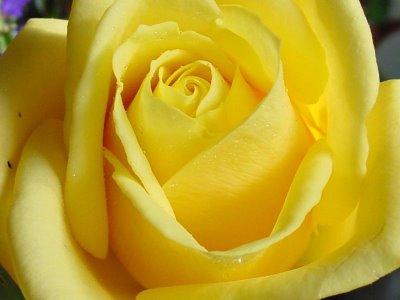 Yellow Rose (close up/macro)
Yellow Rose (close up/macro)
Exposure
One way to ensure you get the best exposure is to take at least three pictures. The first exposure using the default camera setting of (0). The second, exposure is increased (+) to make the image lighter. For the third, exposure is decreased (-) to make it darker.
Camera position and flower arrangement
Try to position the camera from different position (elevation and angles). Also try to take several pictures from diferent sides of the flowers to see which one looks best.
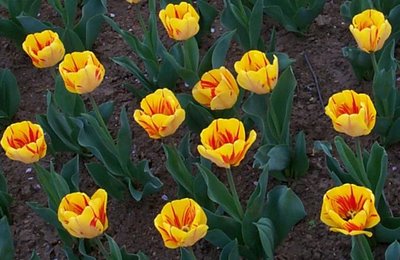
Yellow Tulips (top view)
Aperture selection
Whatever lens you use, it's the selected aperture that will make or break a flower. Too small and the background will be too focussed, competing with the main subject. Too wide and there may not be sufficient detail to make the image work. For environmental plant portraits close down a long way to capture some detail in the background, but still leaving it slightly out of focus to enable the subject to stand out well.
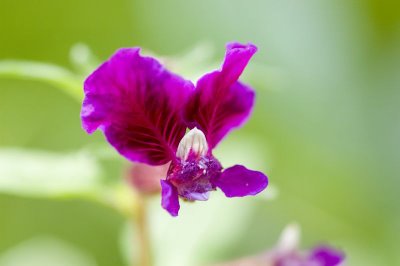
Purple Orchid (with blur background)
Let nature be nature
Unless you're in your garden, don't garden the shot! Sometimes it's very tempting to remove any vegetation and stems that have the cheek not to help our compositional plans.
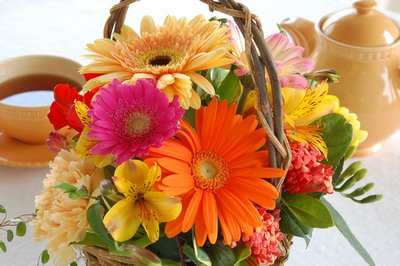 Colorful Gerbera
Colorful Gerbera
© Sidarta Tanu


1 Comments:
extraordinary work bro...i love all your pix...FABULOUS!!!!!!!!!!!!!!!!!!!!!
Post a Comment
Subscribe to Post Comments [Atom]
<< Home